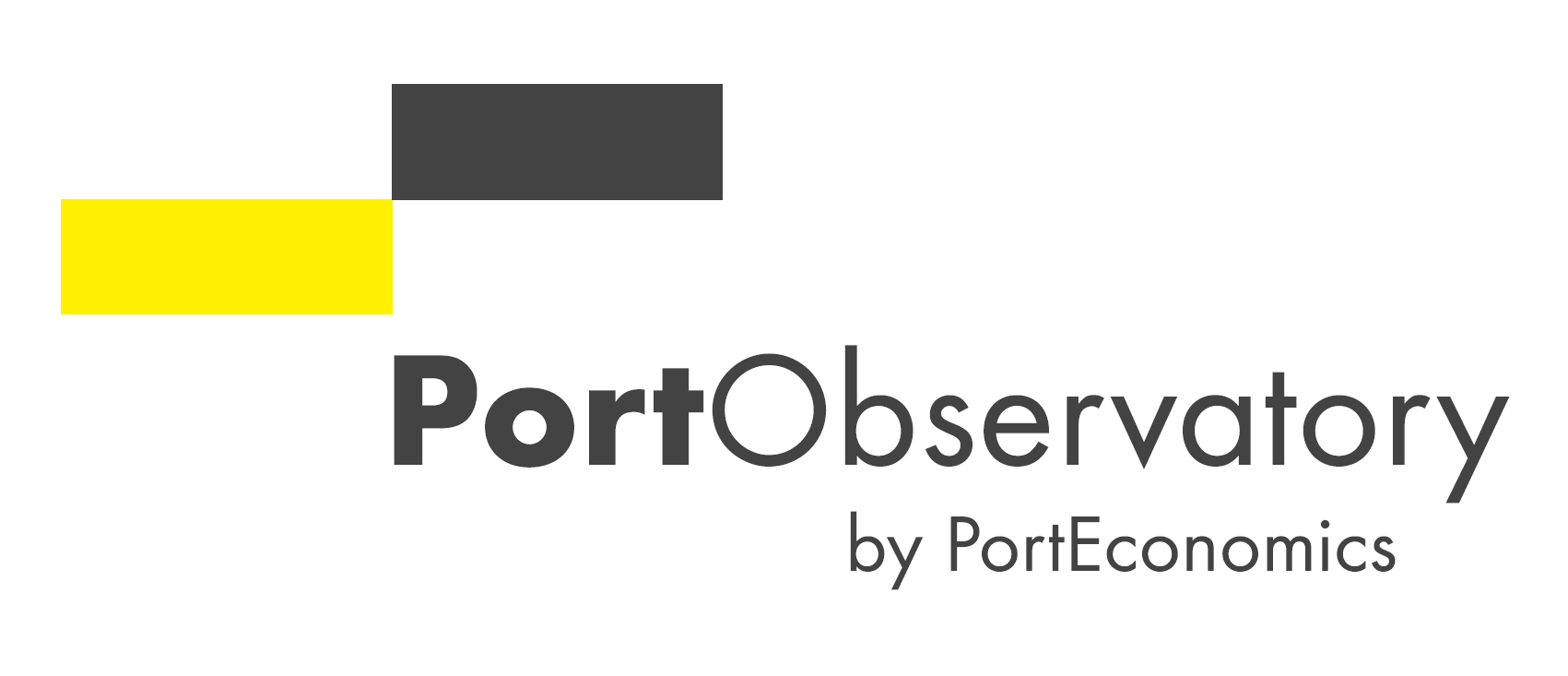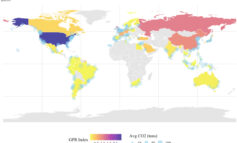By Jean-Paul Rodrigue
Successive explosions at the port of Tianjin, the third largest in the world in terms of tonnage and the 10th largest in terms of container volumes, resulted in deadly blasts in the Chinese port city.
PortEconomics member Jean-Paul Rodrigue, describes the anatomy of the disaster – and provides his input during an inverview on the national Chinese national television (CCTV) on August 17 on this topic.
“Ports are significant consumers of land involving terminal operations as well as port-centric logistics activities, which are generating large volumes of cargo flows and the need to store this cargo temporarily. The port of Tianjin is the third largest in the world in terms of tonnage and the 10th largest in terms of container volumes. It is a massive industrial and petrochemical complex accounting for about 40% of all Chinese vehicles imports and exports. On August 12 2015 two subsequent explosions at the Ruihai Logistics facilities dedicated to the storage and handling of hazardous materials took place, resulting in the complete destruction of adjacent facilities and their stored cargo (mostly container yards and automotive storage facilities that involved close to 10,000 destroyed or damaged vehicles). Significant damage within a radius of 1 km (or more) also took place depending on how the infrastructure was positioned in relation to the explosions (such as blasted windows and damaged roofs). A rail transit station on the other side of an adjacent major highway was also severely damaged and the transit line it serviced was closed. More than one hundred people were killed by the blast, including firefighters that were on site trying to extinguish the fires. The port terminals were not damaged by the explosions, which took place in an area dominated by logistical activities (particularly empty container depots) as well as automotive storage. Port activities were shut down for a day but resumed afterwards.
The industrial incident triggered serious concerns because of large amounts of sodium cyanide being stored on site at the time of the explosion, which involved the risk of contamination and permanent evacuation for nearby residential areas. Several compounding factors have exacerbated the severity of the incident to the level of a transportation disaster.
- Improper handling of the cargo before and during the incident. The cause of the fire that triggered the explosion is most likely the outcome of a failure in properly handling hazardous materials. The situation may have been exacerbated by firefighters not well informed about the chemicals stored on site.
- Lack of knowledge by the authorities of the nature and extent of the hazardous materials being stored on site. The land where the hazardous materials were stored is leased from the port authority of Tianjin and subject to standard regulations and reporting related to industrial land use. However, it appears that Ruihai Logistics did not fully comply to such regulations which in turn were not fully enforced by local authorities. The port oversees thousands of tenants operating very different activities and the fast growth of the port of Tianjin in recent years (as well as for Chinese ports) has made port management increasingly complex.
- Incompatible land uses in port area. Under normal circumstances, residential areas and freight intensive activities are not compatible and should not be located in proximity. As the above map illustrates, there are significant residential areas in close proximity to the hazardous materials site. This proximity appears in conflict with Chinese environmental law. The site was approved for handling hazardous materials only a few months before the explosion, implying that it has been operating informally beforehand.
Source: Basemap adapted from Google Earth
The economic consequences of this industrial accident are difficult to assess and are contingent upon the level of contamination and how extensive the contaminated area is going to be. As stated before, the port’s major infrastructures were unaffected and the area where the disaster took place was dominantly devoted to container storage, stuffing and de-stuffing as well as automotive storage. These activities can be relocated relatively easily and are not particularly capital intensive (their major inputs are space and labor). Still, the port temporarily lost a share of its logistical capabilities since the contents of containers needs to be processed, an activity that does not take place within terminals, but in port-centric logistics zones.
More complex is the outcome on neighboring residential and commercial activities (including a civic center and a major sport stadium), which are likely to be seriously impaired and see their real estate value plummet. Traffic disruptions are also to be expected because of the closure of a major highway servicing the port area. It is possible that maritime shipping companies elect to divert some services and cargoes to nearby ports such as Qinhuangdao, Qingdao or Dalian. This will result in longer and more expensive inland transportations. The industrial accident underlines the complexity of port and logistical operations and the risk related to the storage of hazardous materials in such a setting.”














